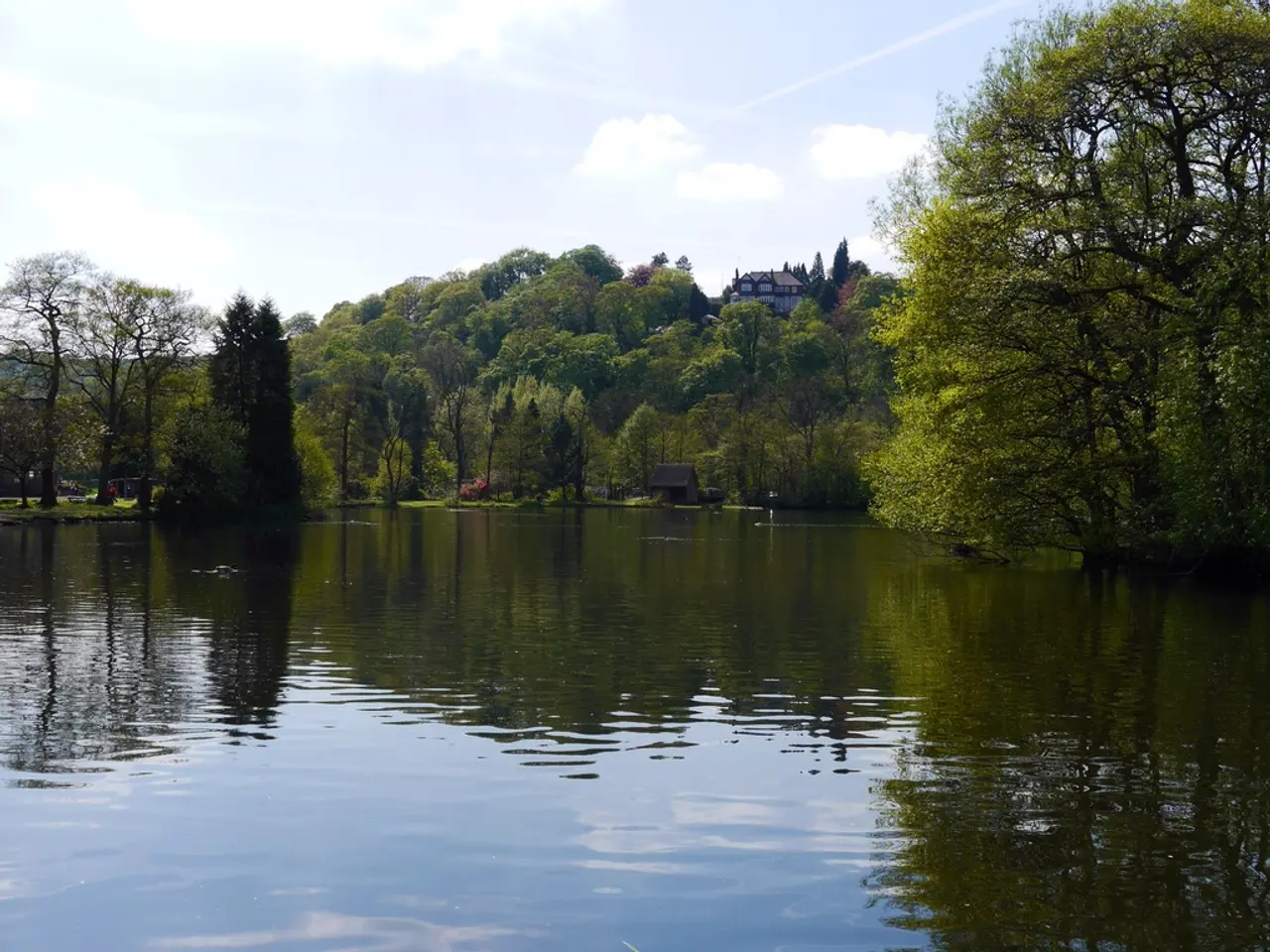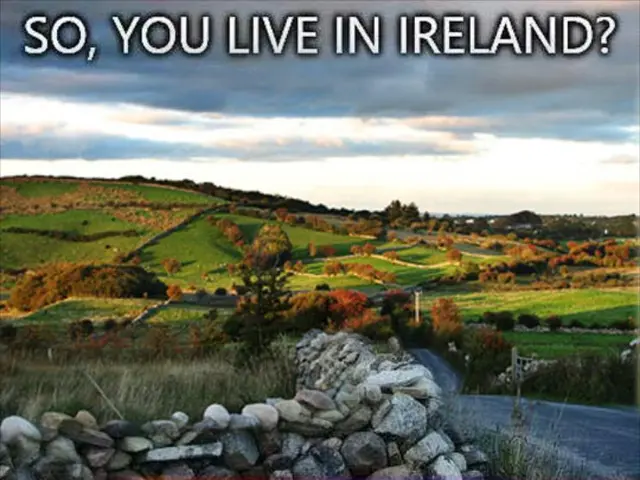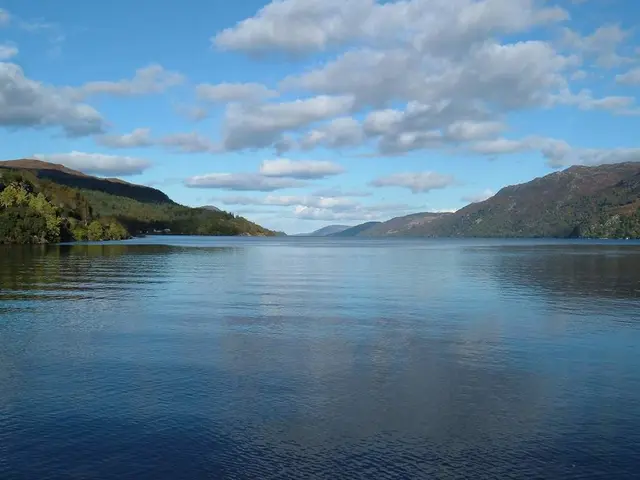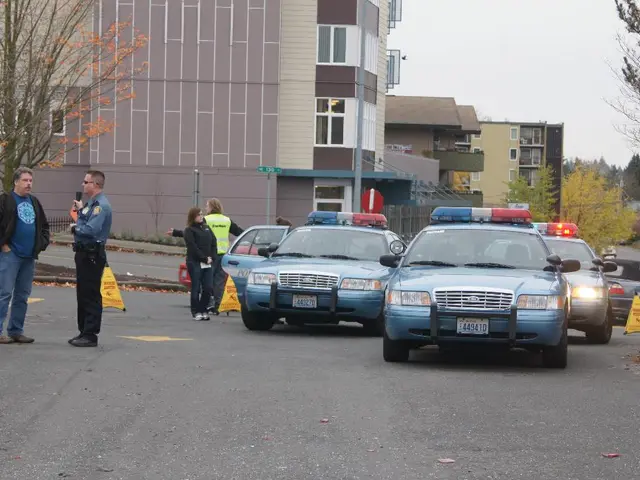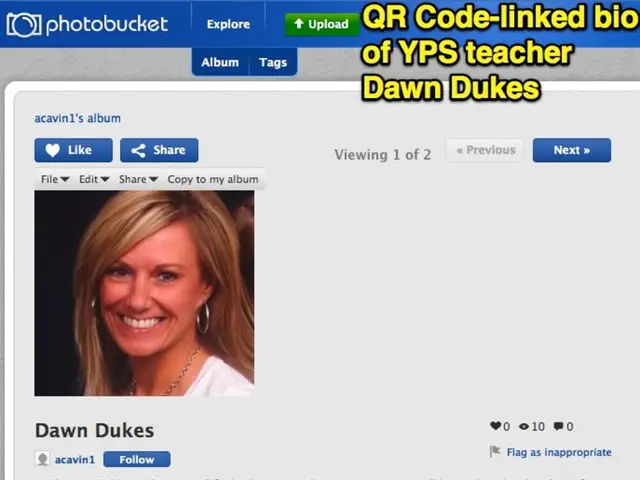Emergency displacements in Alaska triggered by glacial melting, resulting in rampant flooding.
Rising Threat of Glacial Lake Outburst Floods in Juneau, Alaska
Juneau, the capital city of Alaska, is currently facing an imminent threat of a Glacial Lake Outburst Flood (GLOF), a catastrophic event that could cause severe flooding and destruction. This threat is primarily due to the accelerated melting of the glaciers in the Juneau Ice Field, a phenomenon exacerbated by climate change.
The Mendenhall Glacier's Suicide Basin, a region that has seen frequent GLOF events, is of particular concern. In August 2025, water volumes in the basin reached a critical point, causing a record-breaking flood that overwhelmed the Mendenhall River and Lake, posing a threat to local communities [1][2].
To address this escalating risk, Juneau has mobilized a multi-agency response. The Joint Flood Initiative, a collaborative effort involving the National Weather Service, U.S. Coast Guard, Alaska Division of Homeland Security & Emergency Management, Alaska Department of Environmental Conservation, the City and Borough of Juneau (CBJ), and local Indigenous groups (Tlingit & Haida), is at the forefront of this effort [3].
The initiative focuses on coordinated emergency planning, resource sharing, and streamlined communication to ensure timely warnings and responses. A Joint Information Center (JIC) under the Incident Command System provides centralized and consistent public messaging through various channels, reducing confusion during flood events.
Emergency barriers (HESCO barriers) and swift evacuation protocols have proven effective in protecting hundreds of homes during recent outburst events [2]. Residents in flood-prone zones are also being urged to evacuate promptly when warnings are issued, as demonstrated during the August 2025 event when residents were advised to "Don't Wait. Evacuate TONIGHT" [1].
Officials are also assessing damage post-flood to consider permanent defenses and infrastructure adaptations in light of increasing climate risks and glacier melt [2]. The U.S. Army Corps of Engineers is studying the region to evaluate permanent solutions for the persistent threat from the Mendenhall Glacier.
The city of over 30,000 people faces risks to homes, roads, and neighborhoods near the Mendenhall Glacier. Last year, the Mendenhall River reached nearly 5 meters, damaging almost 300 homes. As the Suicide Glacier continues to melt, it creates a void in the valley that accumulates meltwater and rain, which, when the water level reaches a critical point, flows into the Mendenhall River. The expected water level in the Mendenhall River may reach up to 5.2 meters before receding.
The Suicide Basin, at the foot of the Suicide Glacier, has experienced at least 39 GLOF events since 2011. As climate change accelerates, scientists warn that such events will become more frequent, posing a significant global risk. Approximately 15 million people live within 50 kilometers of a lake at risk of overflowing.
Juneau's ongoing response to the GLOF threat serves as a model for other communities facing similar challenges due to climate change. By implementing a coordinated, multi-agency approach focused on monitoring, communication, emergency response, and adaptive infrastructure planning, the city aims to mitigate damage and enhance community resilience.
[1] Alaska Public Media. (2025, August). Juneau Declares State of Emergency Due to Glacial Lake Outburst Flood Threat. Retrieved from https://www.alaskapublic.org/2025/08/25/juneau-declares-state-of-emergency-due-to-glacial-lake-outburst-flood-threat/
[2] KTOO. (2025, August). Juneau Braces for Glacial Lake Outburst Flood Threat. Retrieved from https://www.ktoo.org/2025/08/25/juneau-braces-for-glacial-lake-outburst-flood-threat/
[3] National Weather Service. (2025, August). Joint Flood Initiative. Retrieved from https://www.weather.gov/akj/jfi
- The city's multi-agency response, led by the Joint Flood Initiative, involves collaboration with environmental-science experts to comprehend the impacts of climate-change on glacial melting and subsequent weather-forecasting for potential Glacial Lake Outburst Floods (GLOFs).
- Climate-change induced glacier melting not only escalates the frequency of GLOF events, as witnessed in the Mendenhall Glacier's Suicide Basin, but also highlights the urgent need for lifestyle adaptations in regions vulnerable to such natural disasters.
- As the global community faces growing environmental-science challenges arising from climate-change, the case of Juneau serves as a benchmark for implementing coordinated and proactive approaches to mitigate risks from GLOFs and secure a sustainable lifestyle for communities under this constant threat.
